
cd_nom
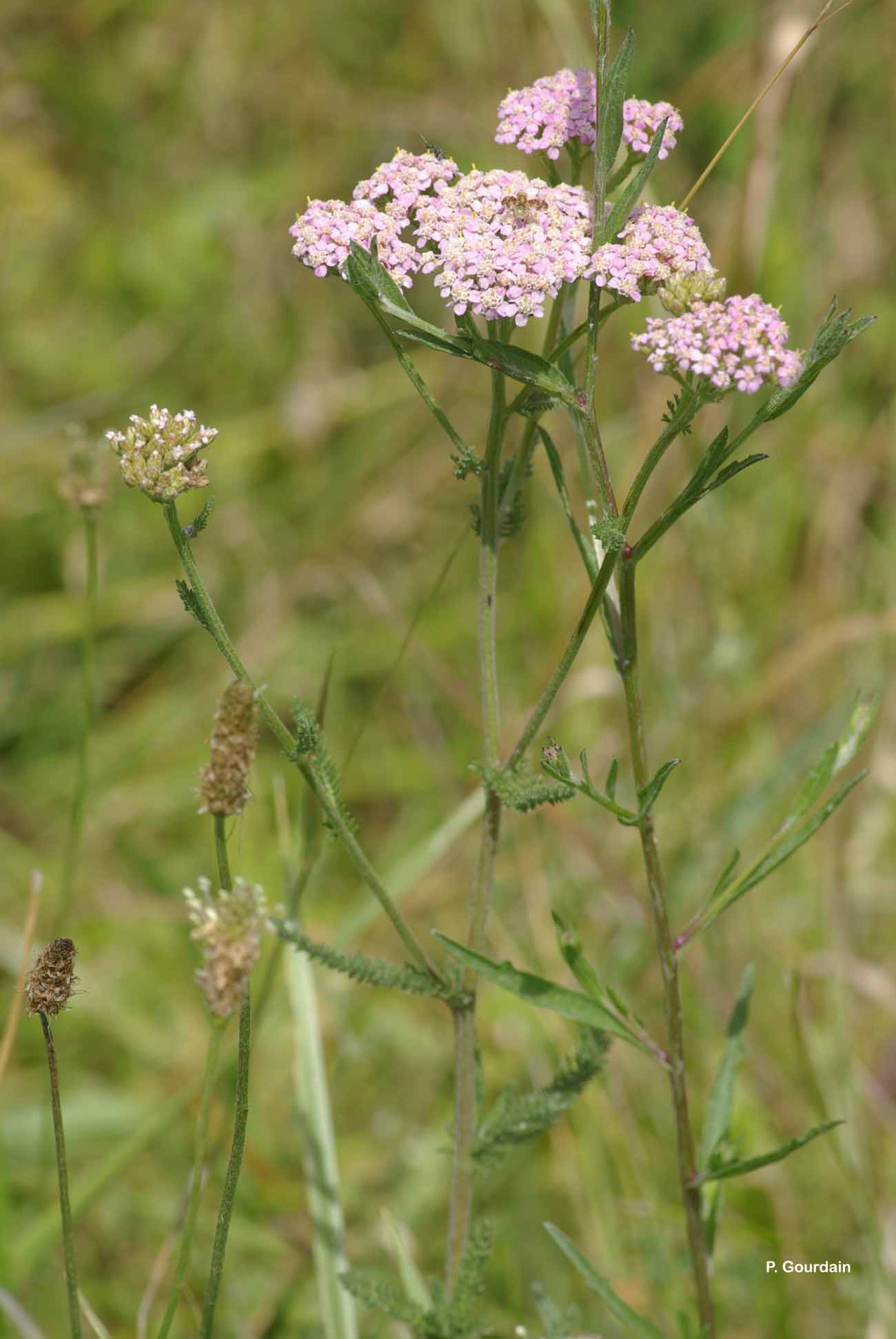
| Auteur : P. Gourdain |
 |
Pour se procurer la photo originale ou demander une autorisation d'utilisation, consulter :
Philippe GOURDAIN
Muséum national d'Histoire naturelle - Service du Patrimoine Naturel
36 rue Geoffroy Saint-Hilaire
CP 41
75 231 PARIS CEDEX 05
e-mail : inpn@mnhn.fr
Légende : Barbey
Malgré la licence Creative Commons, n'hésitez pas à informer l'auteur de l'utilisation qui sera faite de sa photo
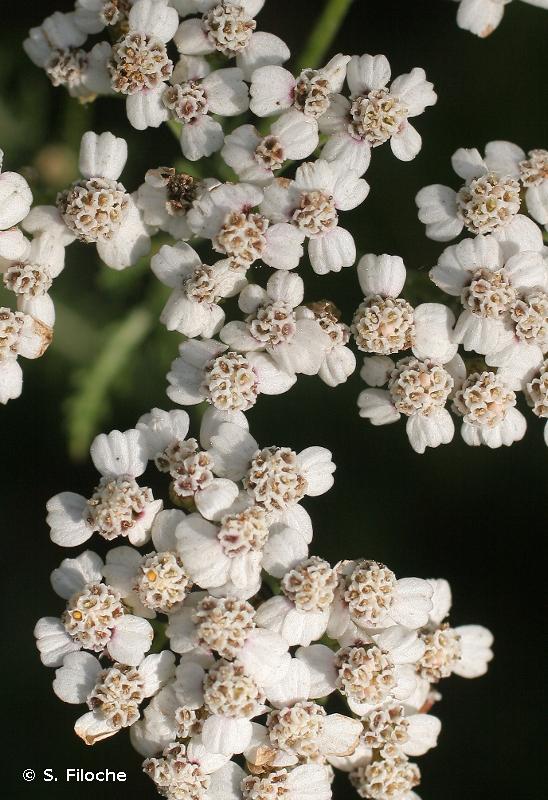
| Auteur : S. Filoche |
 |
Pour se procurer la photo originale ou demander une autorisation d'utilisation, consulter :
Sébastien Filoche,
CBNBP/MNHN
61, rue Buffon - 75005 Paris
email : inpn@mnhn.fr
Malgré la licence Creative Commons, n'hésitez pas à informer l'auteur de l'utilisation qui sera faite de sa photo
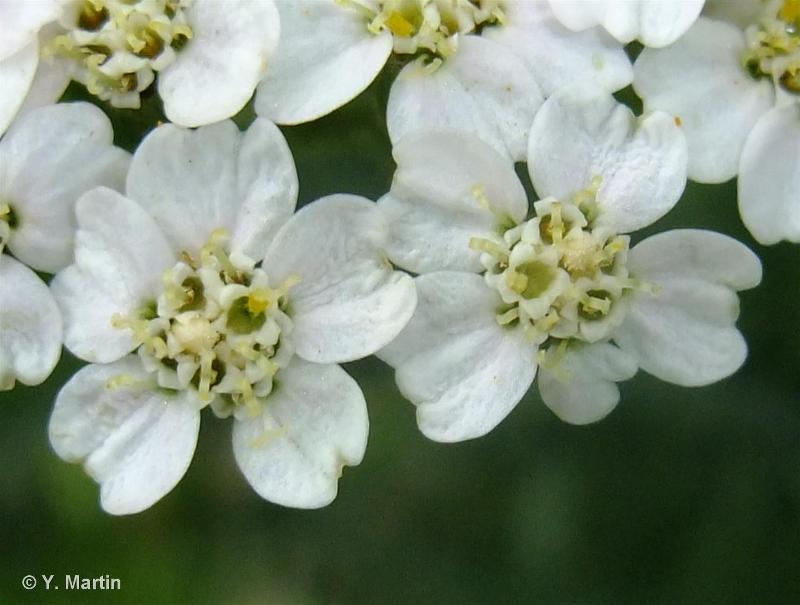
 |
Pour se procurer la photo originale ou demander une autorisation d'utilisation, consulter :
Yoan MARTIN
email : martin.yoan95@gmail.com
Malgré la licence Creative Commons, n'hésitez pas à informer l'auteur de l'utilisation qui sera faite de sa photo
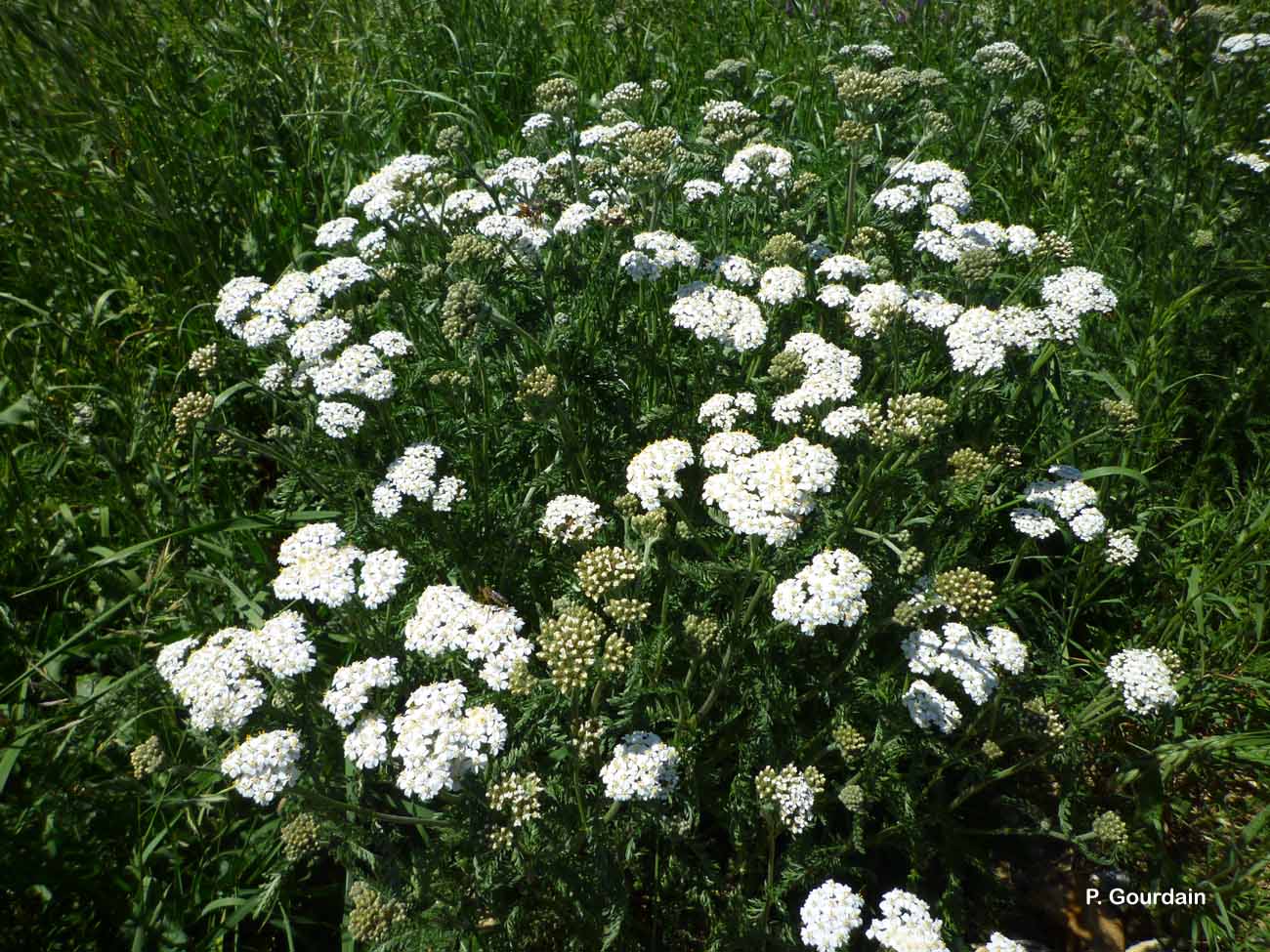
| Auteur : P. Gourdain |
 |
Pour se procurer la photo originale ou demander une autorisation d'utilisation, consulter :
Philippe GOURDAIN
Muséum national d'Histoire naturelle - Service du Patrimoine Naturel
36 rue Geoffroy Saint-Hilaire
CP 41
75 231 PARIS CEDEX 05
e-mail : inpn@mnhn.fr
Légende : Hanches
Malgré la licence Creative Commons, n'hésitez pas à informer l'auteur de l'utilisation qui sera faite de sa photo
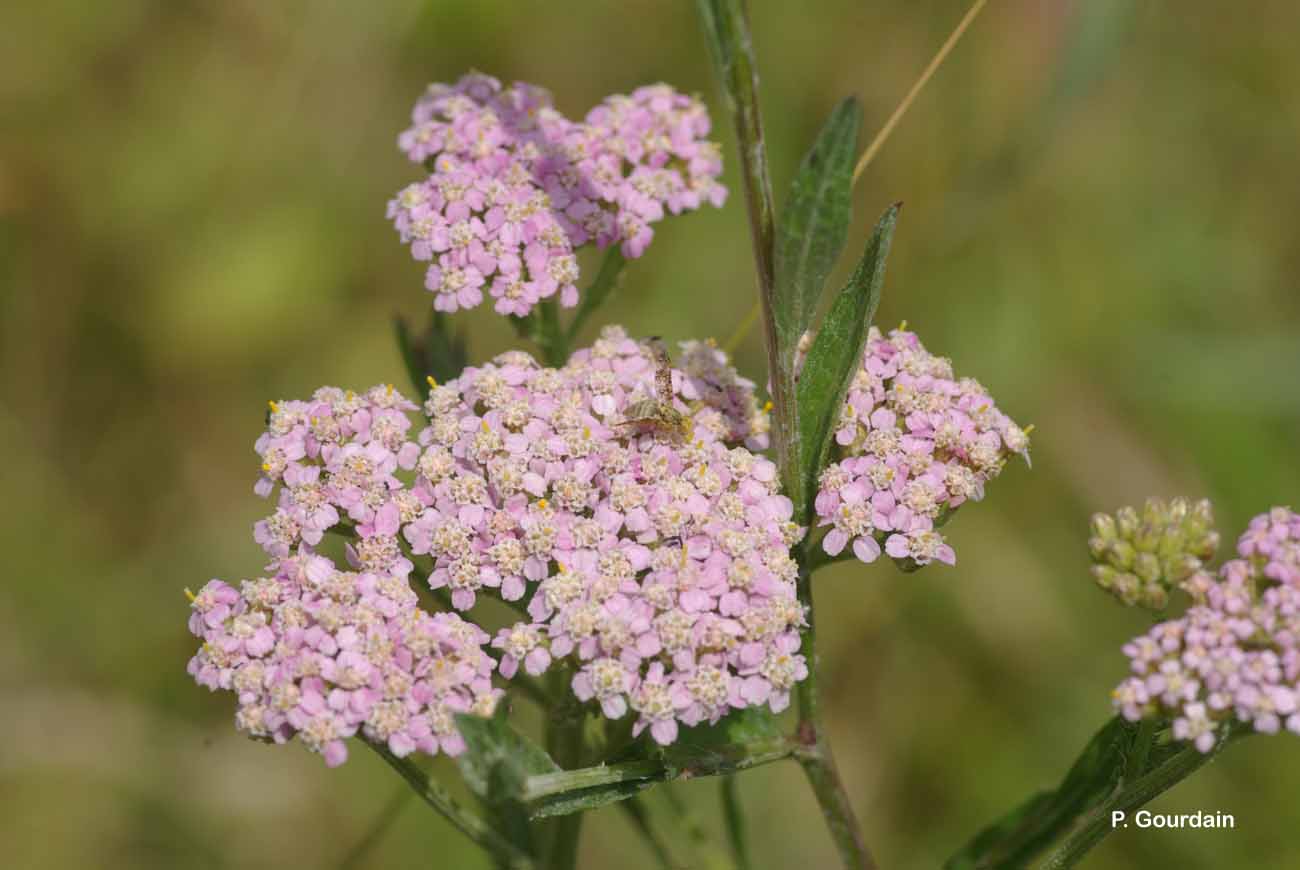
| Auteur : P. Gourdain |
 |
Pour se procurer la photo originale ou demander une autorisation d'utilisation, consulter :
Philippe GOURDAIN
Muséum national d'Histoire naturelle - Service du Patrimoine Naturel
36 rue Geoffroy Saint-Hilaire
CP 41
75 231 PARIS CEDEX 05
e-mail : inpn@mnhn.fr
Légende : Barbey
Malgré la licence Creative Commons, n'hésitez pas à informer l'auteur de l'utilisation qui sera faite de sa photo
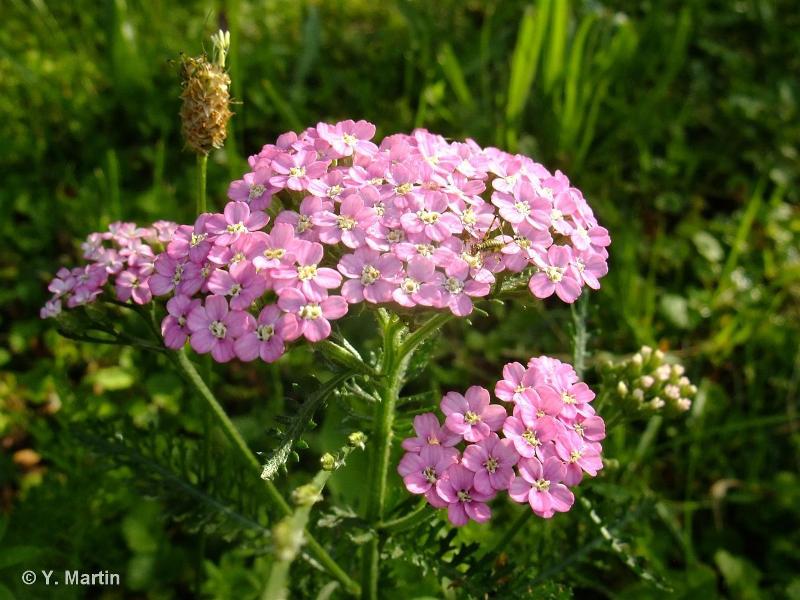
 |
Pour se procurer la photo originale ou demander une autorisation d'utilisation, consulter :
Yoan MARTIN
email : martin.yoan95@gmail.com
Malgré la licence Creative Commons, n'hésitez pas à informer l'auteur de l'utilisation qui sera faite de sa photo
Diagnose :
Herbacée vivace de 15 à 60 cm. Fleurs blanches à purpurines. L'Achillée millefeuille, est une plante assez polymorphe, de la famille des Asteracées. Ses fleurs sont très petites et regroupées en corymbe compact, à ligules plus courtes que la moitié de l'involucre. Ses fruits sont des akènes. La tige est pubescente, parfois laineuse, et possède une racine rampante. Les feuilles, pubescentes également, sont découpées finement en segments, disposés sur plusieurs plans. Les fleurs sont pollinisées par les insectes (entomogame) et les fruits dispersés par le vent (anémochore).
Détermination :
Moyennement difficile.
Espèces proches :
Confusion possible avec les autres espèces du genre Achillea possédant des fleurs blanches et des feuilles découpées. On la différenciera grâce au nombre de segments des feuilles plus important (supérieur à 30) et à son rachis sans dents.
Biologie-ethologie :
Floraison de juin à septembre.
Biogéographique et écologie :
Espèce héliophile, on la rencontre surtout dans les prairies, et de façon plus générale dans des milieux plus ou moins ouverts : pelouses, landes et forêts peu dense. L'Achillée millefeuille est très commune à l'étage collinéen et montagnard sur tout le continent Eurasien.
D'après : Rameau, J.-C., Mansion, D. & Dumé, G. 1989. Flore forestière française. 1. Plaines et collines : guide écologique illustré. Institut pour le développement forestier, Ministère de l'agriculture et de la Forêt, Paris. 1792 pp.
E. Oulès(UMS 2006 Patrimoine Naturel (AFB / CNRS / MNHN)),2016
continental
Métropole
Outre-mer
marin
Métropole
Outre-mer
La carte présente une synthèse à la maille 10 x 10 km des données d’observation de l’espèce transmises au SINP. Ces données ont été soumises à des filtres de validation.
La carte présente une couche de répartition de référence de l’espèce à l’échelle des départements et des secteurs marins. Les données de présence et d’absence ont été établies par expertise au sein d’un réseau de partenaires. Cette répartition de référence est utilisée dans le processus de validation des données du SINP au niveau de l’INPN.
Correspond à un signalement sur la base d'au moins une observation avérée dans une période de 10 ans (20 ans pour les invertébrés peu connus) précédant l'année de référence et aucune présomption de disparition depuis l'obtention de la dernière donnée ni doute sur le caractère reproducteur et implanté de cette population. Pour les espèces migratrices, la pr&easence indiqu&eae concerne les zones de reproduction.
Ce statut se base sur un ou plusieurs des critères suivants :
Ce point recouvre l'absence, par nature plus difficile à démontrer que la présence. Ce statut se base sur un ou plusieurs des critères suivants :
Ce statut doit également être attribué à un département dans lequel la présence de l'espèce est occasionnelle.
Cas particulier d'absence liée à une disparition avérée depuis moins d'un demi-siècle (les disparitions anciennes sont traitées comme « absence probable ou certaine »).
Dans l'état des connaissances, on ne peut pas se prononcer sur la présence ou l'absence actuelle dans le département. Il s'agit du statut utilisé par défaut quand on ne se situe pas dans une des catégories précédente ou dès lors qu'il y a un doute.
La carte présente la répartition mondiale de l’espèce à partir des données du GBIF (Global Biodiversity Information Facility - Système mondial d'information sur la biodiversité).
